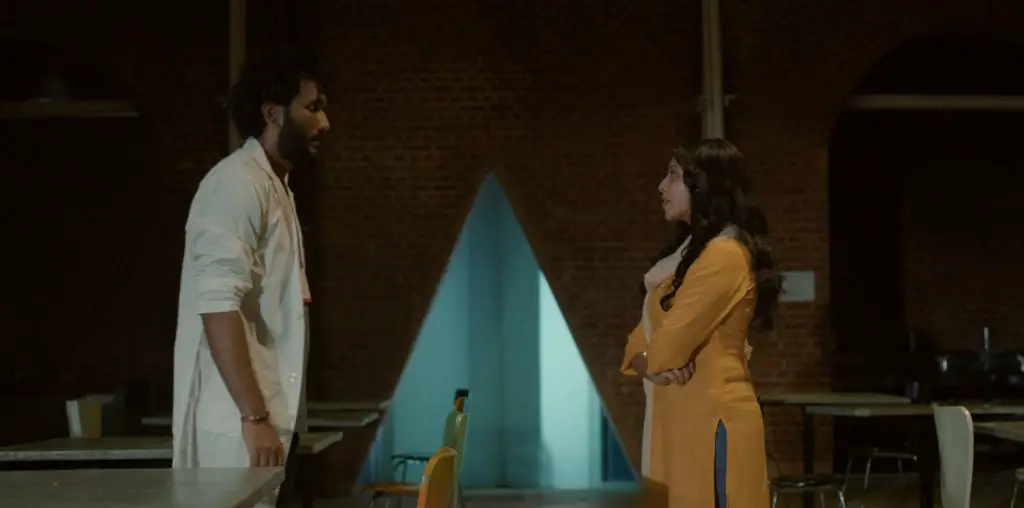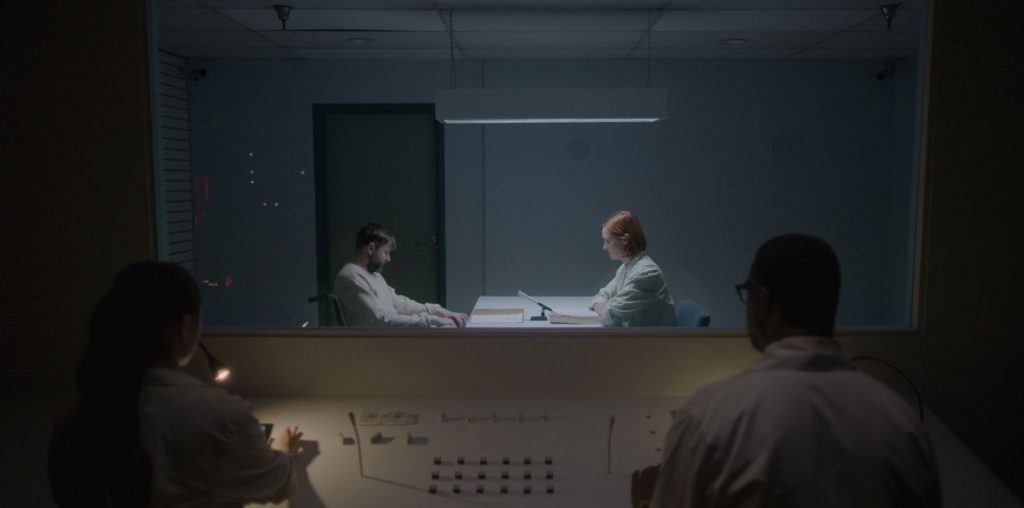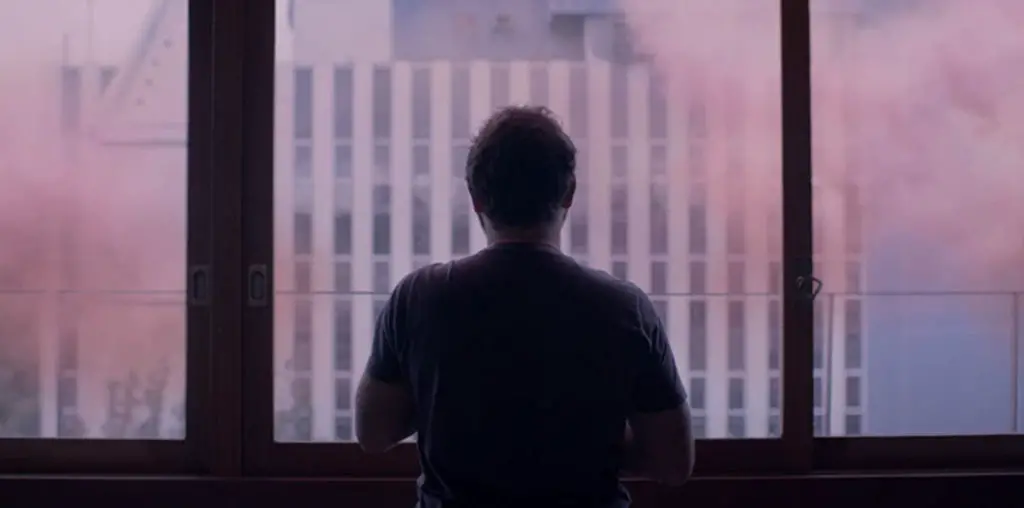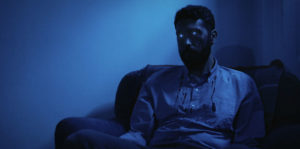
Exposure 36 is Mackenzie G. Mauro’s feature-length debut. The sci-fi thriller begins three days before the world ends. Cam (Charles Ouda), a struggling photographer in New York City, decides to spend his remaining time capturing images from everyday life before the storm obliterates everything. He does not even interfere when a woman gets robbed. Instead, he snaps pictures of the crime. Though, the good-hearted but sullen Cam does offer her money after the fact.
However, Cam is not without friends, such as Ed (Montgomery Mauro). Although, Ed might be keeping him around solely for the services provided. Cam loves photography but got a raw deal and gets no work in the field, so he sells drugs. On this particular visit, Cam is introduced to Ed’s sister, Katie (Jennifer Leigh Whitehead). The two have natural chemistry, but she’s still in high school, though Katie no longer sees the point in it with so few days left.
Tragedy strikes when Ed goes missing. With no one else to turn to, Katie implores Cam to help her track her brother down. Reluctantly he agrees, and the two are soon inundated into the seedy underbelly of the Big Apple. Is Ed alive, and if so, can Cam and Katie reunite with him before the entire planet bites the dust?
Exposure 36 was shot all around N.Y.C. during the pandemic. Director of photography Nicholas DiLullo and writer-director Mauro give the production an eerie pall as if the end of the world really is just around the corner. This helps raise the stakes, presenting an immediate danger to the leads and everyone they meet. Mauro’s tight editing, which wonderfully incorporates Cam’s photos, finds the right rhythm to play out the story naturally. The narrative is more measured, a bit day-in-the-life-of, for the first 35 or 40 minutes. During this, the filmmaker observes Cam’s routines and life.
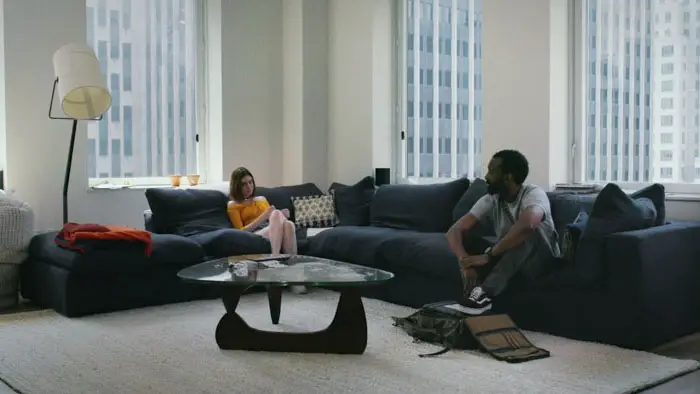
“…Katie implores Cam to help her track her brother down.”
Once his friend is kidnapped (killed?), the pacing and the editing move up a notch or two. This slight visual shift helps viewers understand the gravity of the situation. It also shows how much Mauro understands visual language and how to play around with it. For an independent production, the film looks amazing.
Just as fantastic is the cast. Ouda conveys his character’s despondent nature well while subtly playing Cam’s emergence out of his comfort zone. In her first film, Whitehead has all the makings of a star. She goes from flirty to frustrated, happy to angry with the greatest ease. Ouda and Whitehead’s chemistry radiates off the screen, giving audiences even more reason to root for the two.
But, Exposure 36 does have an issue. The reveal of the ultimate baddie’s endgame doesn’t make a ton of sense. It works in terms of the themes Mauro wishes to convey, but it feels like a plot hole given the world-ending angle. Of course, there could have been a line or two of dialogue missed that helped clarify things. But, even if that is the case, it still seems a bit petty and silly considering it all. But, maybe that is the point — humans will always follow their nature, no matter how foolhardy.
One final note is on the inclusion of the ghostly blue people haunting Cam. Mauro never overuses these apparitions, while allowing audiences to decide if they are real or a part of the main character’s broken psyche. It is quite an impressive balancing act while adding an extra layer to everything.
Even with the villain’s goal not making 100% sense, Exposure 36 works. The plot is engaging, the characters are interesting, the actors are great, and the visuals are spectacular. If every film Mauro makes is as good as his debut, he’ll have a stunning track record. Here’s hoping.
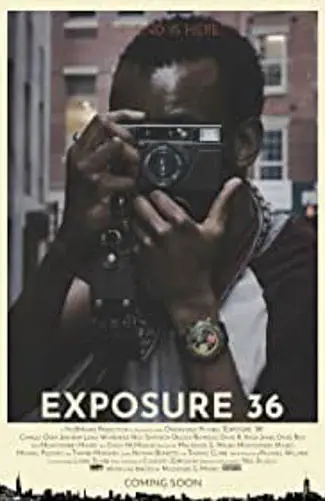
"…Mauro understands visual language and how to play around with it."
